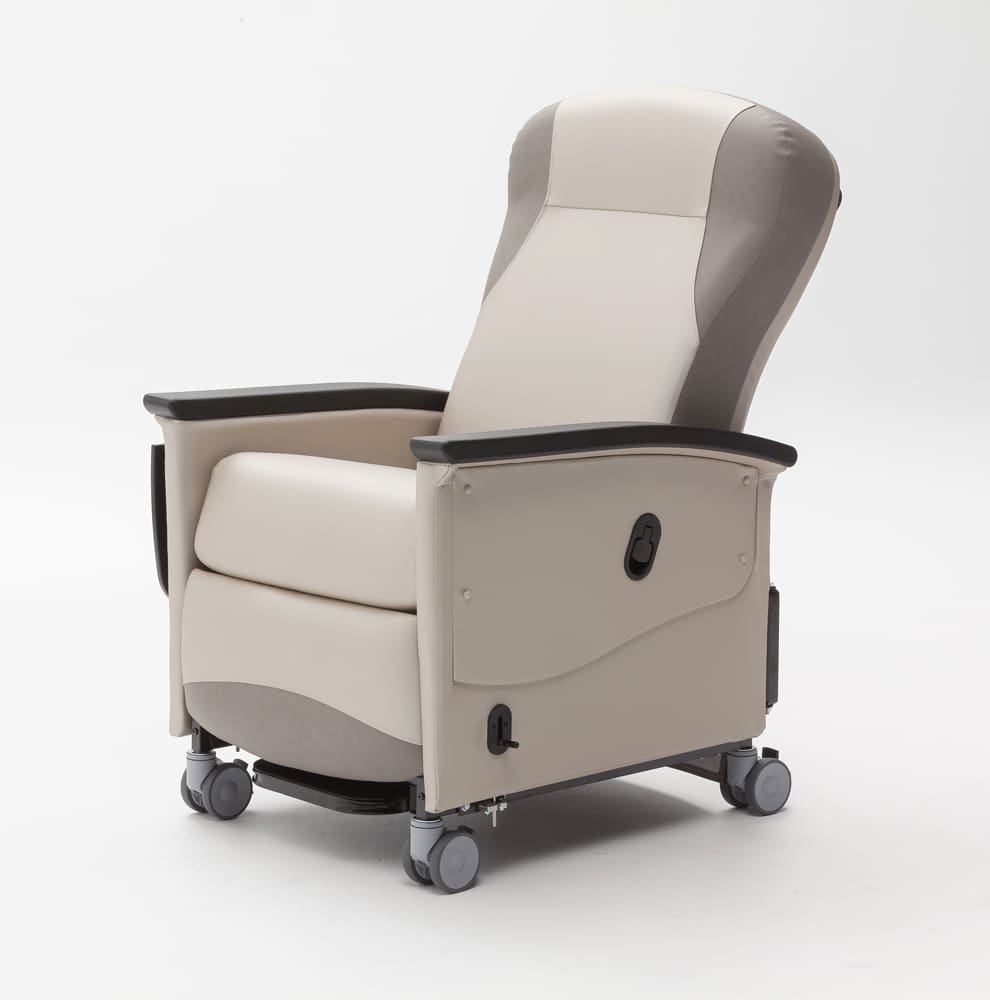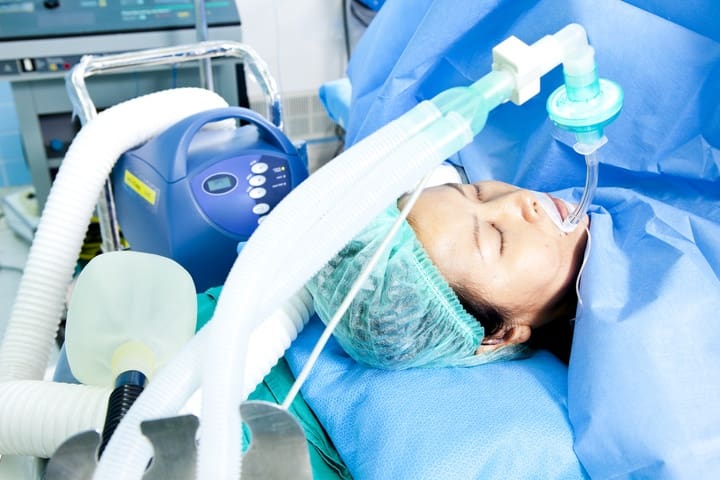Launched in 2010 as part of the Affordable Care Act, Partnership for Patients brought together providers, hospitals, patients, and government to:
- reduce preventable hospital-acquired conditions (HAC) by 40%
- reduce 30-day hospital readmissions by 20%.
And all of this by the end of 2013.
The American Nurses Association (ANA) became an early and active partner in the effort at the direction of Chief Executive Officer Marla Weston, PhD, RN, FAAN. “Partnership for Patients is an audacious campaign to save lives and prevent harm to patients in the U.S.,” says ANA Senior Policy Fellow Maureen Dailey, PhD, RN, CWOCN, who leads the association’s involvement in Partnership for Patients.
The program remains funded by the Centers for Medicare & Medicaid Services (CMS) through the end of 2014. According to results shared by the Partnership for Patients at the National Quality Forum’s (NQF) January meeting, “Mobilizing the Health Workforce to Reduce Hospital-Acquired Conditions,” many HACs and avoidable 30-day readmissions have been reduced; however, more progress can be made.
“The good news is that most of the HAC rates are moving in the right direction,” Dailey says. Partnership for Patients shared in its 2014 presentation to the ANA-convened Nursing Alliance for Quality Care that among the most significant improvements from baseline are the reductions in pressure ulcers by 26.4% and in the early elective delivery (EED) rate by 52.3%. According to Dailey, individual RNs and ANA’s organizational affiliates, such as the American College of Nurse-Midwives and the Association of Women’s Health, Obstetric, and Neonatal Nurses, have helped drive the EED improvements.
Some quality indicators, however, provide data that HAC rates are getting worse. The catheter-associated urinary tract infection (CAUTI) rate increased 16% and the colon surgery infection rate went up 14.8%.
“We see the data and have to ask: What are the drivers? How can nurses help?” says Dailey. “These adverse events are nursing sensitive. If you have the right safety structures or supports, such as better nursing and skill mix, and evidence-based care processes, researchers have identified that there are fewer injuries and death from HACs.”
Nurses take the lead
Dailey works closely with Partnership for Patients codirectors Dennis Wagner, MPA, and Paul McGann, MD, who are interested in engaging the nation’s 3.1 million nurses to use specific evidence-based strategies and tools to reduce HACs.
“What ANA does best is to convene frontline nurses and experts, identify best practices and strategies, bring the group to consensus on the most important, and then engage all RNs by disseminating this key information. In other words, we scale it up,” Dailey says, with expert guidance and support by Partnership for Patients.
One way to engage RNs, for example, is by using data from NDNQI®, a quality improvement solution of ANA, to measure nurse-affected patient-safety outcomes. Research from NDNQI identified the best evidence-based practices,
or care bundles, to reduce pressure ulcers and falls. The care bundles were distributed via webinars to the nation’s 26 Hospital Engagement Networks—regional networks developed through Partnership for Patients to identify and share healthcare solutions. NDNQI also provides national data on pressure ulcers and falls collected using NQF-endorsed measures to the Partnership for Patients as comparison data. ANA shared with the networks NDNQI’s updated online tutorial to prevent and stage pressure ulcers accurately, which is provided free to any hospital.
“ANA has really taken the lead in addressing pressure ulcers and falls and partnering in ways to reduce other HACs, such as infections, as well,” says Dailey. “NDNQI identifies evidence-based care bundles to make sure nurses are using best practices.”
To develop evidence-based tools, of course, requires solid, reliable data, and nurses are taking a lead role in measuring and assessing quality of care. Information from NDNQI is used by more than 2,000 hospitals nationwide and internationally.
“ANA’s leadership in patient safety through wonderful tools like the NDNQI converts quality data into improved patient outcomes. We’re providing healthcare teams with the right tools and data about the structures and processes of care to yield improved outcomes,” Dailey explains.
Electronic health records (EHRs) are among the key structural supports for data-gathering and cueing evidence-based practice-disseminating tools. Leading these efforts are nurses like Missouri Nurses Association member Ann Hendrich, PhD, RN, FAAN, senior vice president, chief quality/safety and nursing officer at Ascension Health in Missouri; and Texas Nurses Association member Lillee Gelinas, MSN, RN, FAAN, system vice president and chief nursing officer for CHRISTUS Health in Texas, who are advancing nursing knowledge representation in EHRs. Their goal is to identify how high-performing teams can reduce multiple HAC rates simultaneously and scale up successful models.
ANA organizational affiliates also support Partnership for Patients through their work with the NQF, the national organization that reviews, endorses, and recommends use of standardized healthcare performance measures. NQF also convenes multistakeholder groups, such as the National Priorities Partnership (NPP), that organize action teams to support the goals of Partnership for Patients.
What’s next?
While funding continues, “we’re focusing on those quality indicators that are going in the wrong direction,” says Dailey. ANA seeks to partner in new ways with groups making progress on specific HACs. For example, Dailey has reached out to several ANA organizational affiliates to work on reducing CAUTIs.
Overall, ANA’s focus is on providing high-impact quality measures in a nursing-sensitive database, creating evidence-based care bundles and tools for prevention, and adding or developing new high-impact measures for NDNQI to fill important measure gaps. But real change happens when the data and tools start making their way into practice that yields improved safety outcomes. This is important for hospitals to succeed in a transformed pay-for-quality environment, since CMS has added HACs and readmissions as quality measures to multiple pay-for-quality programs. The real linchpin in safety improvement is addressing not just one safety problem at a time, but creating sustained change to reduce HACs and readmissions across teams, hospitals, settings, and systems.
Resources
NDNQI: http://www.pressganey.com/solutions/clinical-quality/nursing-quality
NDNQI’s Pressure Ulcer Training: https://members.nursingquality.org/NDNQIPressureUlcerTraining/
Partnership for Patients: http://partnershiprforpatients.cms.gov
Kelly Brooks is a professional writer.
















1 Comment.
An ongoing source of both frustration and irritation for me is CMS’ erroneous assumption that every CAUTI must be the result of improper catheter insertion technique or poor perineal hygiene. WRONG!!!!!
Many patients receive IV antibiotics in the hospital; this often leads to diarrhea. It may not be so problematic with male patients, but if a female patient has an involuntary diarrhea stool, there will be fecal matter that contaminates the urethral opening. Once that happens, the “damage is done” so to speak. But of course no one, and I mean NO ONE, wants to take this up with CMS because “if CMS said it, it must be gospel and written in stone.”
Get a grip CMS! There’s more than one way for a patient with an indwelling catheter to get a UTI!